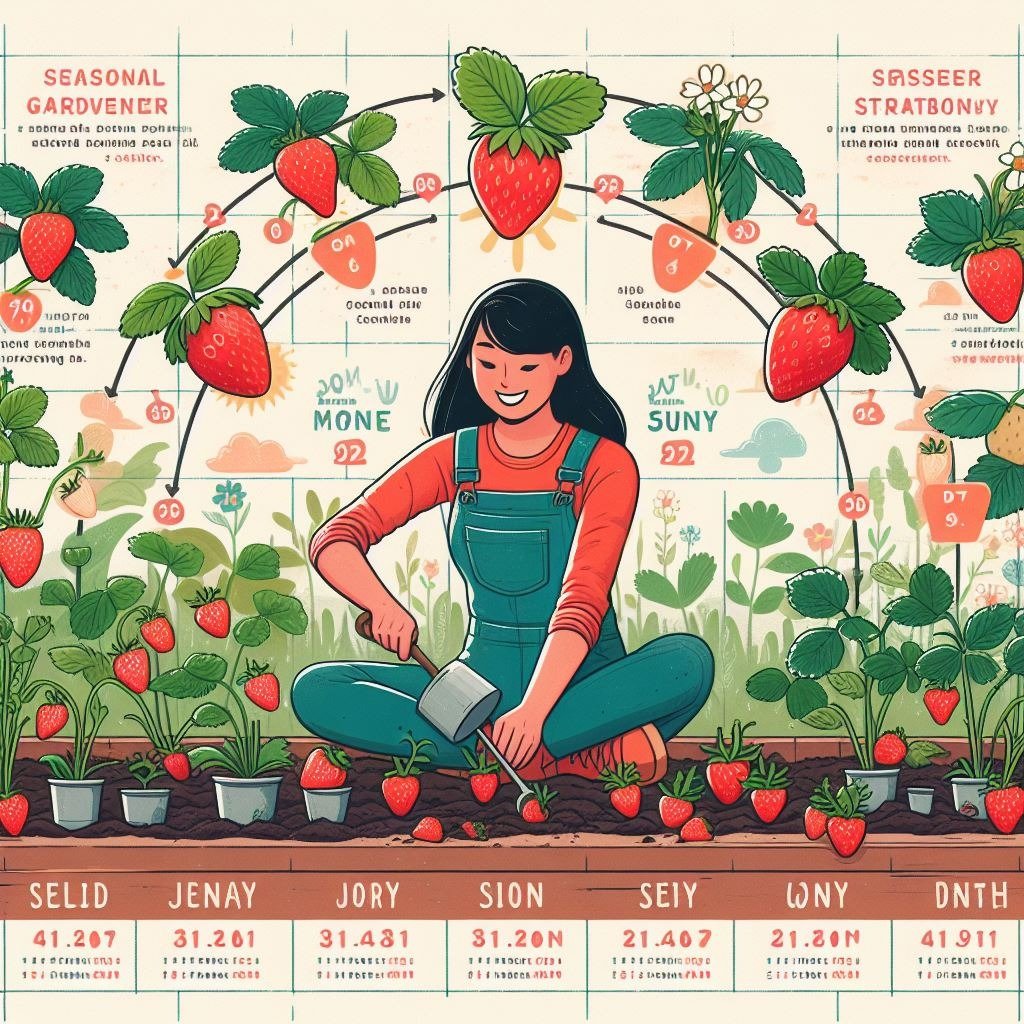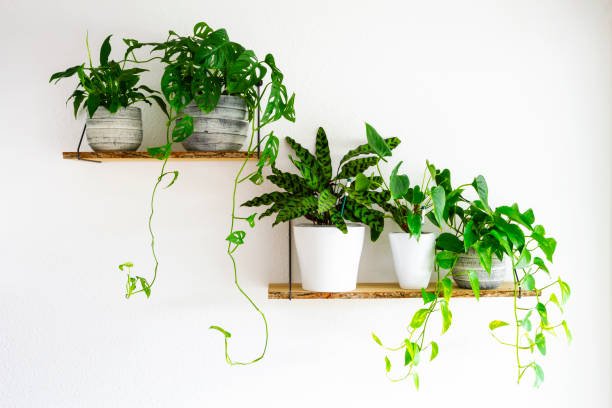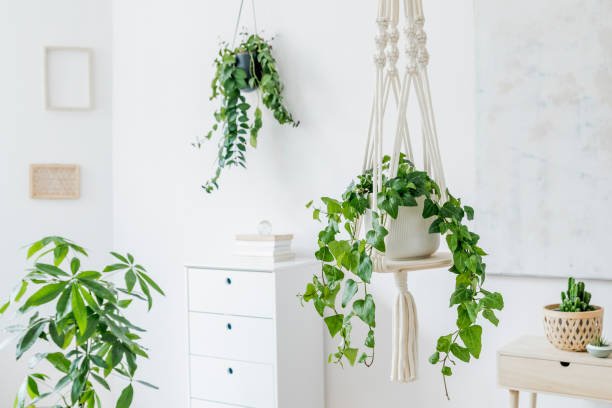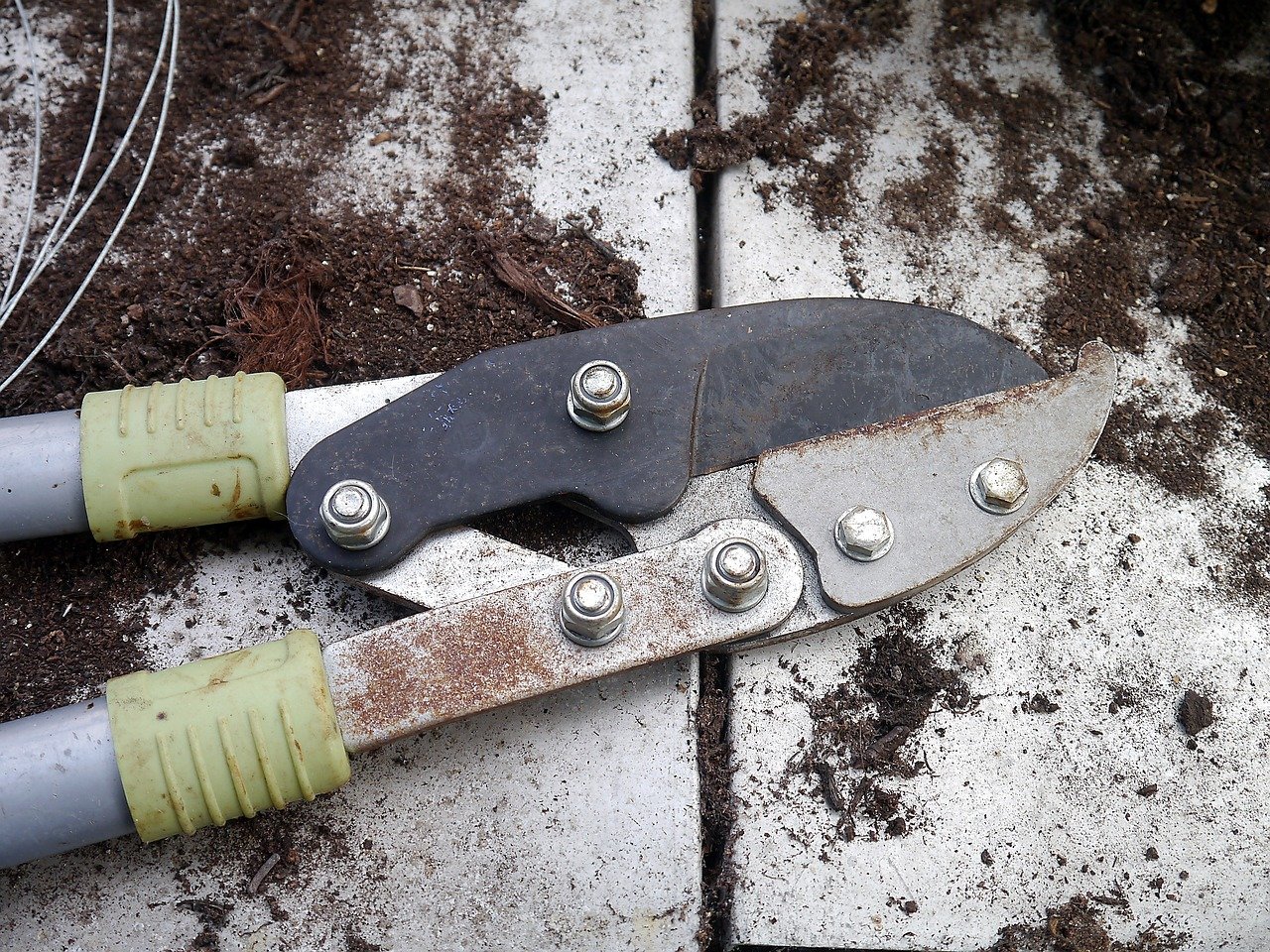
Timing is everything. When to plant strawberries for a great harvesting season is what you should worry about
When to plant strawberries In this book called “The Plot Hero’s Guide,” you are going to learn about the strategic

Whether you consider yourself the ultimate caring plant owner or you have barely even scratched the surface and you are still exploring all the possibilities indoor gardening can offer, learning to hang plants indoors can give you a whole new dimension and can open up the world of the green oasis you always wanted and dreamed of. Through the proper insecticides, planting materials, seasonal care, and warning signs, this integrated guide will take you through every step you might need to produce an indoor suspended display of plants that are filled with the outdoors.

Streaming flowers like pothos, philodendrons, and English ivy ornament the house.
Air plants (Tillandsia)
The succulents, specifically String of Pearls and Burro’s Tail, are suitable for the indoor setting.
Often, hanging variety plants do a wonderful job with their cascading or trailing growth behavior, covering nicely the edging walls of hanging planters. Succulents and air plants will add much color to this style. As they need little soil. Do not choose upright, heavy plants because they are likely to either heave or tumble out of a container suspended in a hanging position.
Having picked your plants, set the next task: finding the suitable hardware. To do so, you have to… The kind of hanging system you will make use of will be dependent on the weight of your plants. The material that makes the ceiling or wall, and the kind of look that you are after. whether a canopy, drop, cascade, or terrarium.
While your plants are still in their original containers, you should familiarize yourself with their requirements. Only then will they look nice after you hang them in their suspended homes. This includes:
Repotting container plants into lightweight soilless media fused with low-drainage types of terracotta or plastic containers.
Prune unnecessary things, such as dying or broken leaves or branches. They can hinder light penetration into the foliage behind them and pose a threat to the overall health of the plant.
Frequent watering to wet the soil and enough dry time left between watering for the soil to drain.
By doing so, you’ll have fewer chances of plants becoming waterlogged, an issue that can lead to root rot, a common problem in horticulture.
Indoor plants can certainly add greenery and color to any living space. Improving curb appeal. However, as we all know, proper hanging techniques are essential for displaying plants indoors.
This is it, then: the simple build-up of how to hang plants indoors. Having had some wines, you’ll surely be a master of making stunning and mesmerizing hanging plant displays within a short while.
Indoor hanging plants require a different care routine than ground-based plants. For the hanging plants to hang and readily adhere to the air currents and temperature change, these two will affect their watering and light needs.
Initially, the art of growing plants indoors was quite unfamiliar, but little by little, you will discover that the nature of design is limitless, and you can bring the beauty of nature into your home. Whether you want a vibrant, airy waterfall-like wall or a minimalistic air plant installation, it does not matter; either way, your room will be a serene garden.

Proper planting, equipment, and seasonal-based care will allow your hanging garden to mature with years of joyful good times ahead of it. Thus, take your imagination running, start planting, and gradually the existing indoor green canopy will become a celebrated feature in your home.
Constantly inspect the hanging plants for any pests, like spider mites or aphids, and check their leaves for signs. It is advisable to deal with any infestation with soap or neem oil, should you notice the presence of any. Also, proper air circulation and not giving too much water will curb pests (pest prevention).
One sign of low leaf watering is when leaves appear limp or yellow. Leaves may wilt if the plant is overwatered; in this case, let the soil dry and then give it a long drink. The colors of the leaves change to yellow-brown and become crispy; this is an indication that the plant is receiving an excess amount of water. Adjust your watering routine to fit the requirements. Also, scrutinize the plants’ reactions.

When to plant strawberries In this book called “The Plot Hero’s Guide,” you are going to learn about the strategic

Best Pruner Anyone who enjoys maintaining a lovely garden knows you should choose the best pruners. Pruners are some of